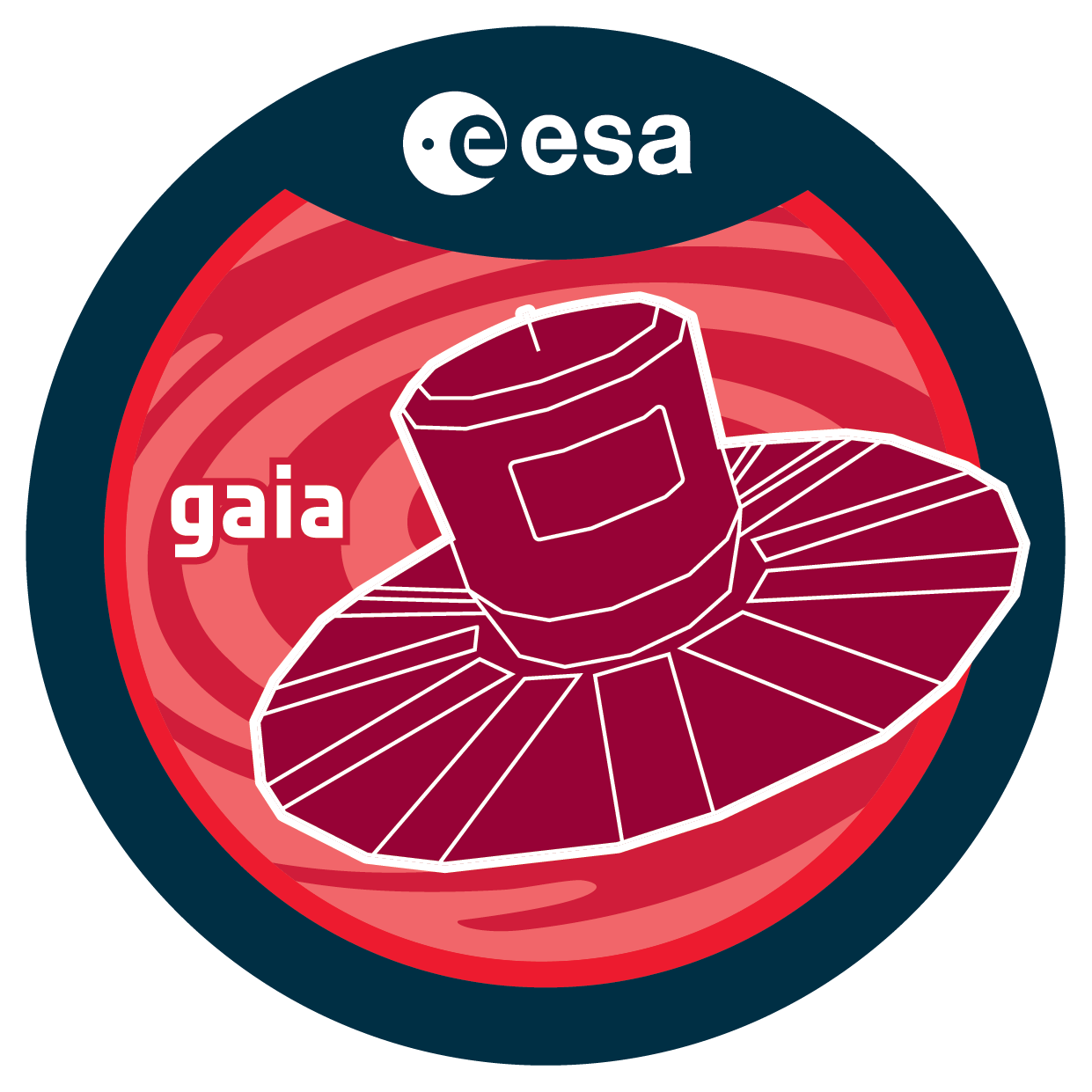

| DOI | https://doi.org/10.57780/esa-q21kq5m |
| Name | Gaia Focused Product Release: Astrometry and photometry from engineering images taken in the Omega Centauri region |
| Mission | Gaia |
| Portal URL | https://www.cosmos.esa.int/web/gaia/focused-product-release |
| Content URL | Gaia data repository Gaia Archive at ESA |
| Version | 1.0 |
| Date Published | 10 October 2023 |
| Description |
A list of new sources based on Service Interface Function (SIF) engineering images of very dense regions in the sky (in this case the Omega Centauri globular cluster), building an add-on catalogue to the nominal Gaia catalogue. Nominal and SIF detections were not mixed to create these sources. The new sources are thus obtained from SIF image detections only. Sources already present in the nominal catalogue were removed from the SIF add-on catalogue. The publication consists mainly of:
Gaia Focused Product Release papers: : https://www.cosmos.esa.int/web/gaia/fpr-papers Gaia Focused Product Release documentation: https://gea.esac.esa.int/archive/documentation/FPR/ |
| Publication | Gaia Collaboration, Weingrill, K. et al. (2023), "Gaia Focused Product Release: Sources from Service Interface Function Image Analysis - Half a Million New Sources in Omega Centauri", Astronomy & Astrophysics, 680, A35; https://doi.org/10.1051/0004-6361/202347203 |
| Temporal Coverage | From 1 January 2015 to 8 January 2020 |
| Mission description | Gaia is a European space mission providing
astrometry, photometry, and spectroscopy of more than 1000 million stars
in the Milky Way.
Also data for significant samples of
extragalactic and Solar system objects is made available.
The Gaia Archive contains deduced positions,
parallaxes, proper motions, radial velocities, and brightnesses.
Complementary information on multiplicity,
photometric variability, and astrophysical parameters is provided
for a large fraction of sources.
Gaia Collaboration et al. (2016): "The Gaia mission", Astronomy & Astrophysics, 595, A1; https://doi.org/10.1051/0004-6361/201629272 |
| Creator contact | Gaia Helpdesk (e-mail: gaia-helpdesk@esa.int or ticketing system: https://support.cosmos.esa.int/gaia/) |
| Author | Gaia Collaboration 2023 |
| Contributors | Gaia Data Processing and Analysis Consortium (DPAC) |
| Publisher and Registrant | European Space Agency |
| Acknowledgement | This work has made use of data from the European Space Agency (ESA) mission Gaia, processed by the Gaia Data Processing and Analysis Consortium (DPAC). Funding for the DPAC has been provided by national institutions, in particular the institutions participating in the Gaia Multilateral Agreement. Full Gaia data credits: https://www.cosmos.esa.int/web/gaia-users/credits |
| Citation Guidelines | European Space Agency, Gaia Collaboration, Weingrill, K. et al. 2023, Version 1.0, European Space Agency, https://doi.org/10.57780/esa-q21kq5m |